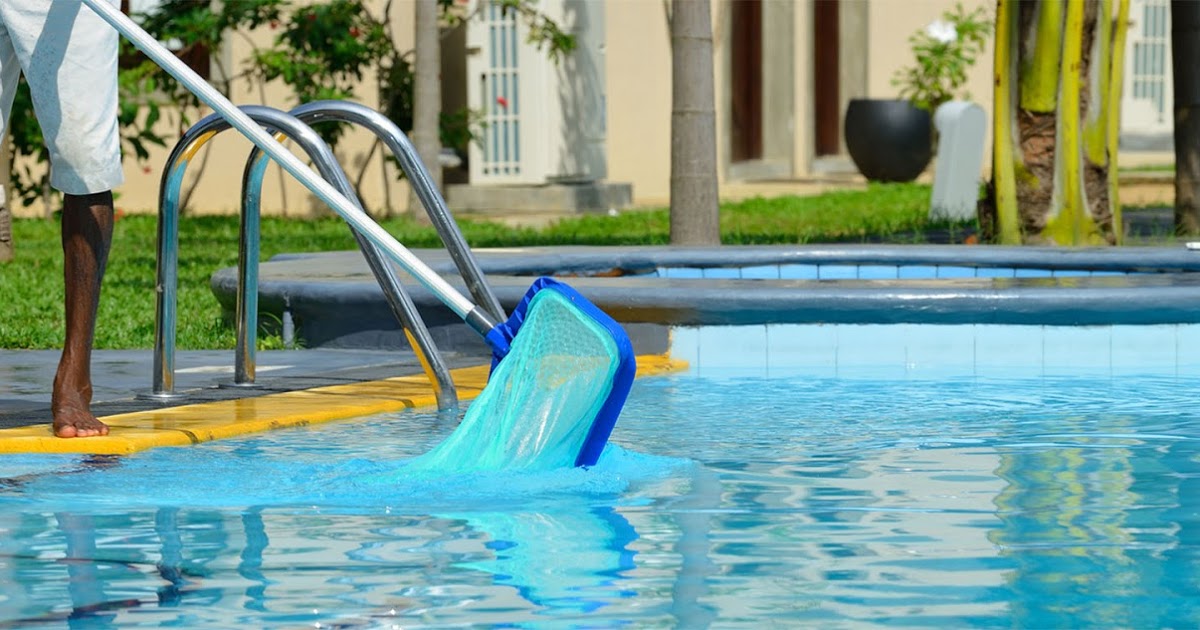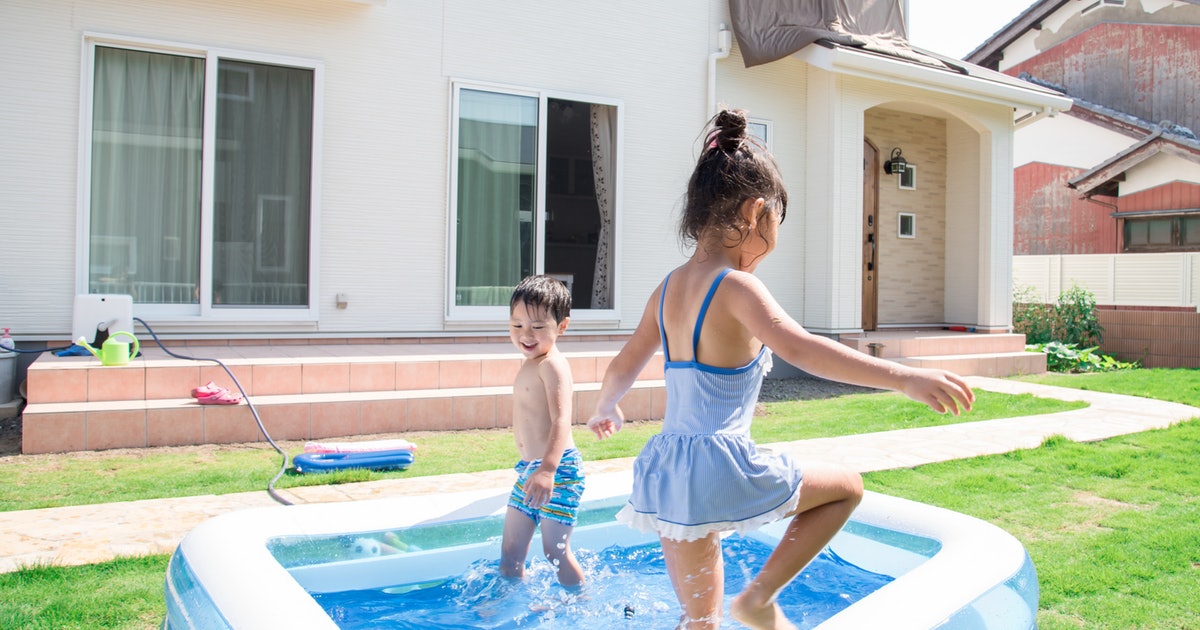How To Prevent Amoebic Meningoencephalitis
Amoebic meningoencephalitis, also known as primary amoebic meningoencephalitis, is an aggressive disease caused by the Naegleria fowleri amoeba. They are thermophilic, or heat-loving, microscopic organisms that live in warm freshwater and soil. They can also be found in river or lake beds where they feed on bacteria in the water and cause infection when they get into the nasal passage and travel to the brain. This causes swelling to the meninges and death in most cases. Initial symptoms include a severe headache, nausea, vomiting, and fever. These symptoms can begin from one to nine days after exposure. Amoebic meningoencephalitis is not contagious, and it cannot be contracted by drinking contaminated water.
Cleaning Pools And Spas Regularly And Properly

Cleaning pools and spas regularly and properly is essential. Pools and spas should be chlorinated and must be kept at a pH level between 7.2 and 7.8. Chlorine can lose its effectiveness at killing germs at pH levels above eight Since Naegleria fowleri can live in temperatures of up to 115 degrees Fahrenheit, spas and hot tubs must also be adequately chlorinated.
Chlorine and pH levels must also be checked on a regular basis. Many factors can lower the effectiveness of chlorine. Chlorine breaks down dirt, body oils, sweat, and urine from swimmers. If there are a lot of swimmers, there is less chlorine available to kill microbes. The amoebae cannot live in salinized water, so salt-water pools and the ocean pose little to no risk to swimmers.
Emptying Wading Pools Daily

Wading pools are prone to quick temperature increases due to their typically small size. They are often used to clean bare feet from dirt or grass before entering a larger pool. This means dirt can quickly collect on the bottom of the pool. Naegleria fowleri is found in soil along with other bacteria. They can be carried into wading pools on an individual and feed on other bacteria in the warm water. This can prevent these amoebae from entering the larger pool, but it is also essential not to let small children play in a wading pool. Emptying wading pools daily and spraying them out with water and a bleach-based cleaner will help prevent the amoebae from proliferating.
